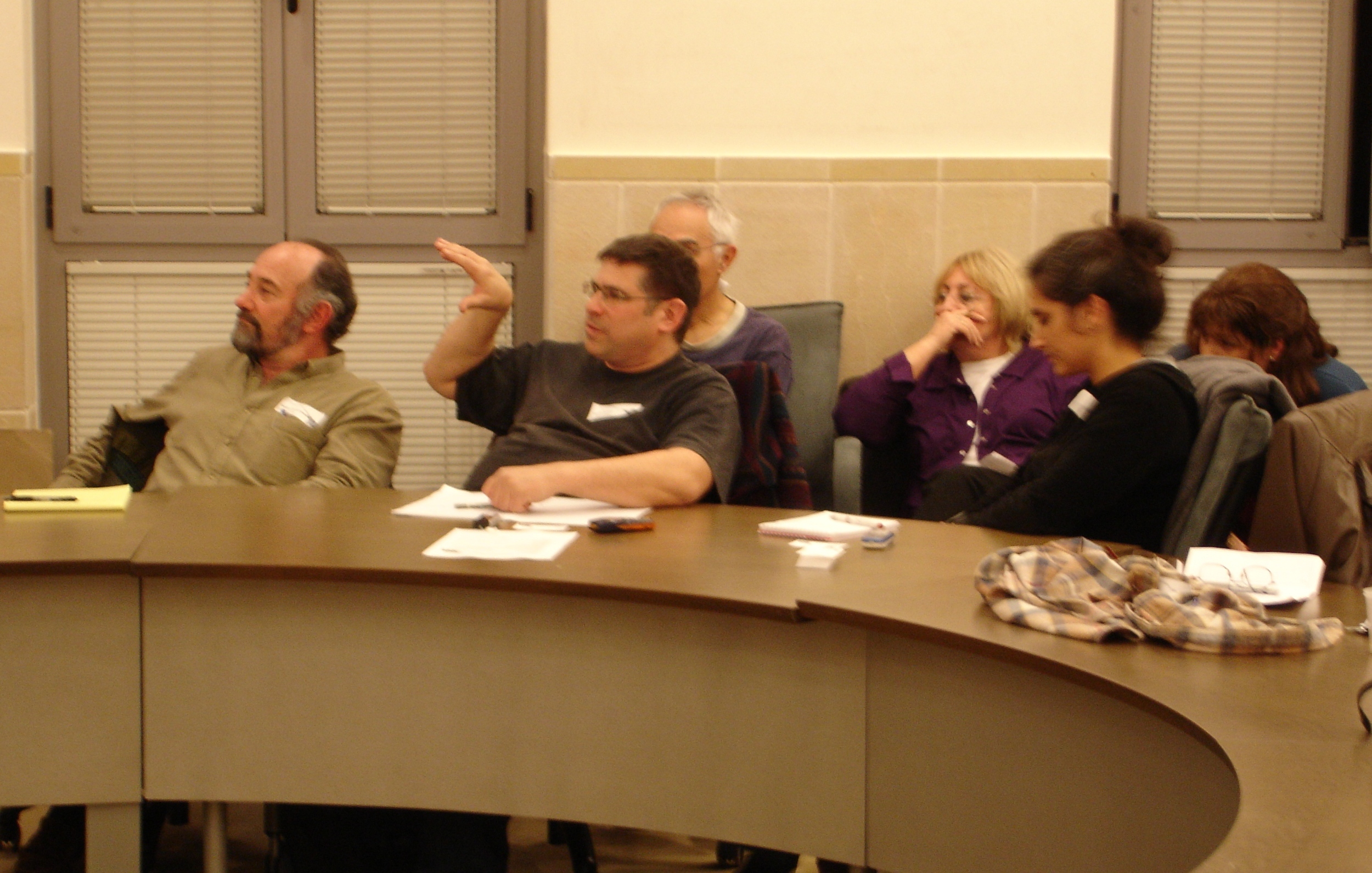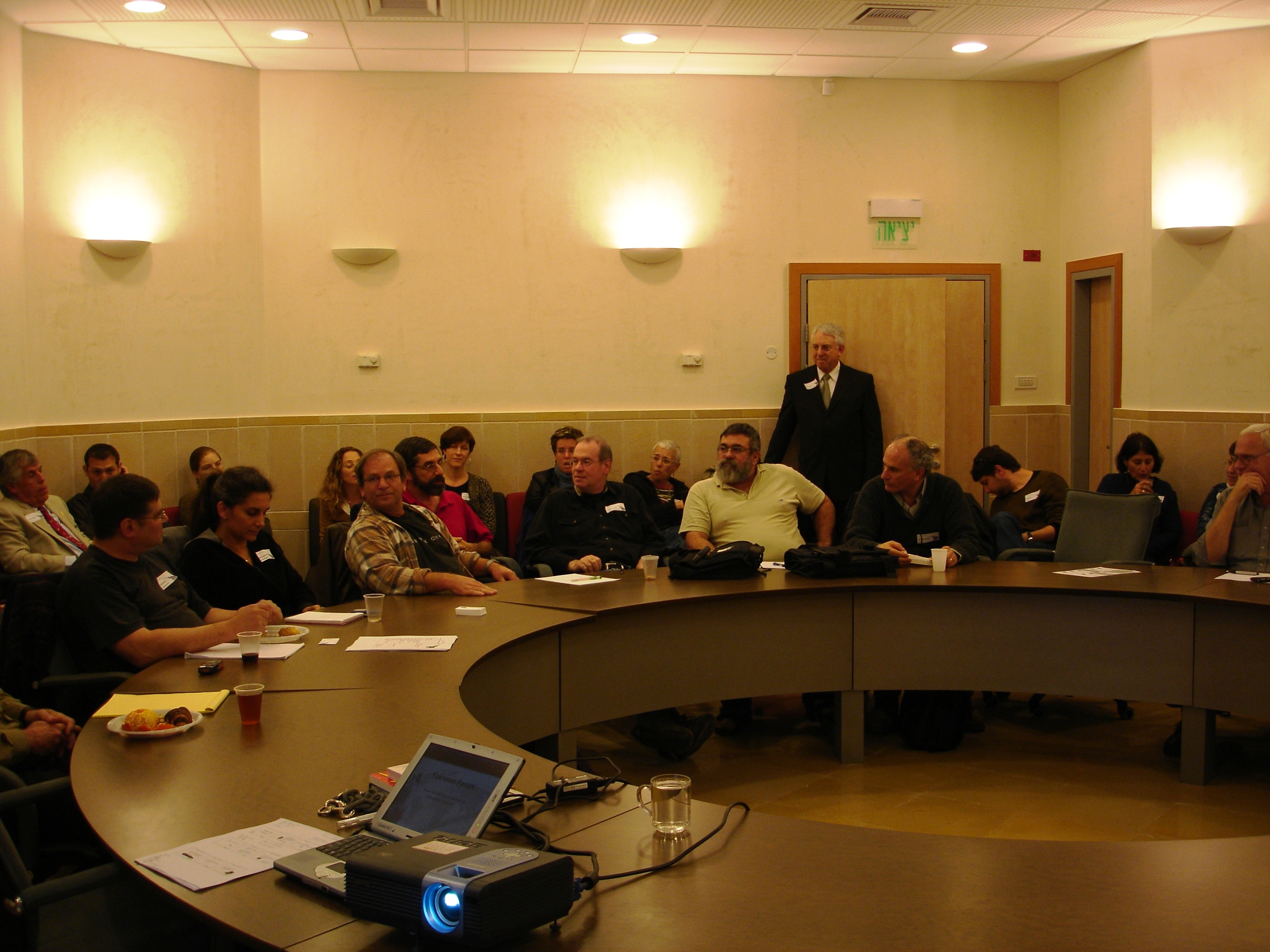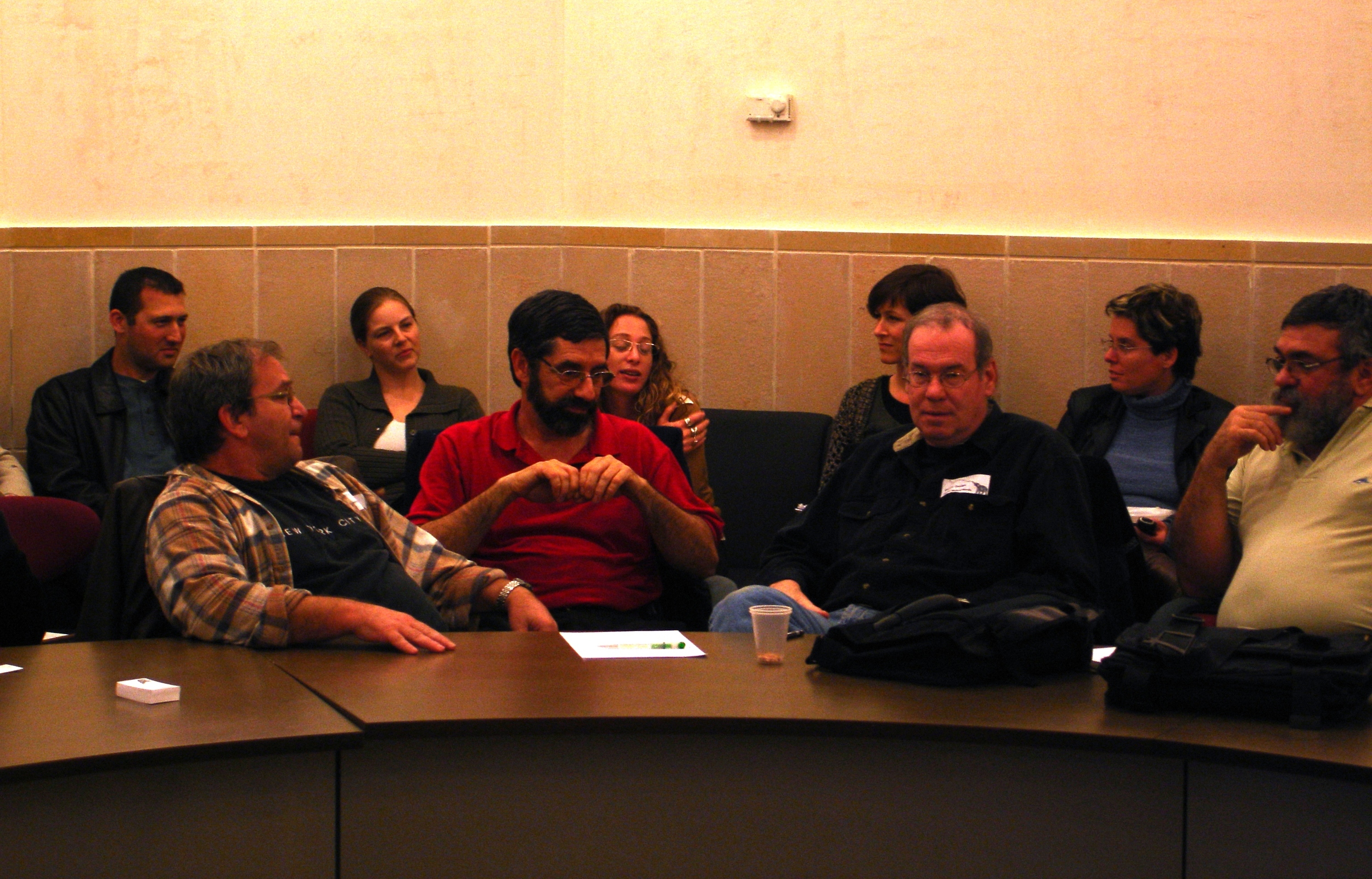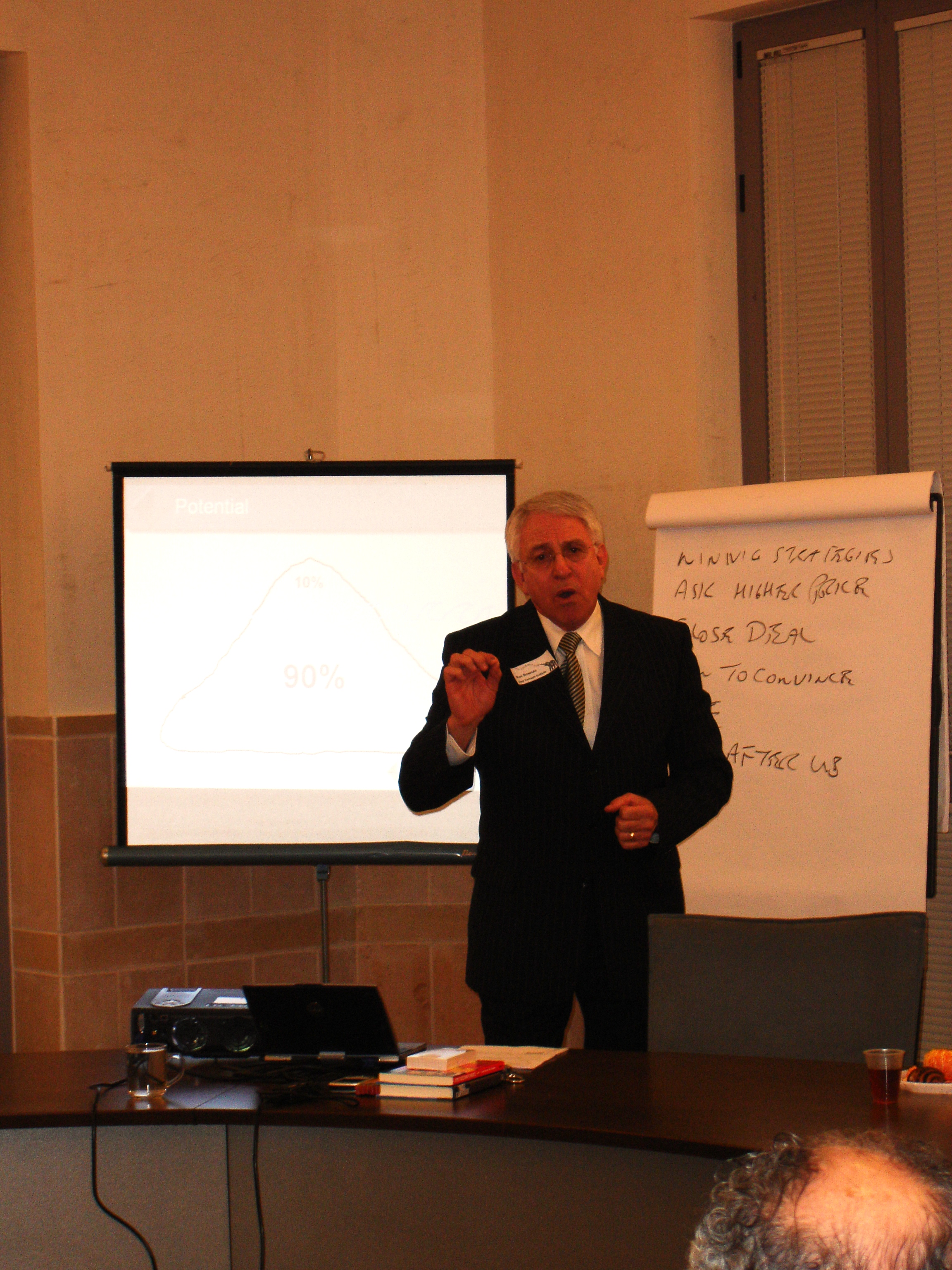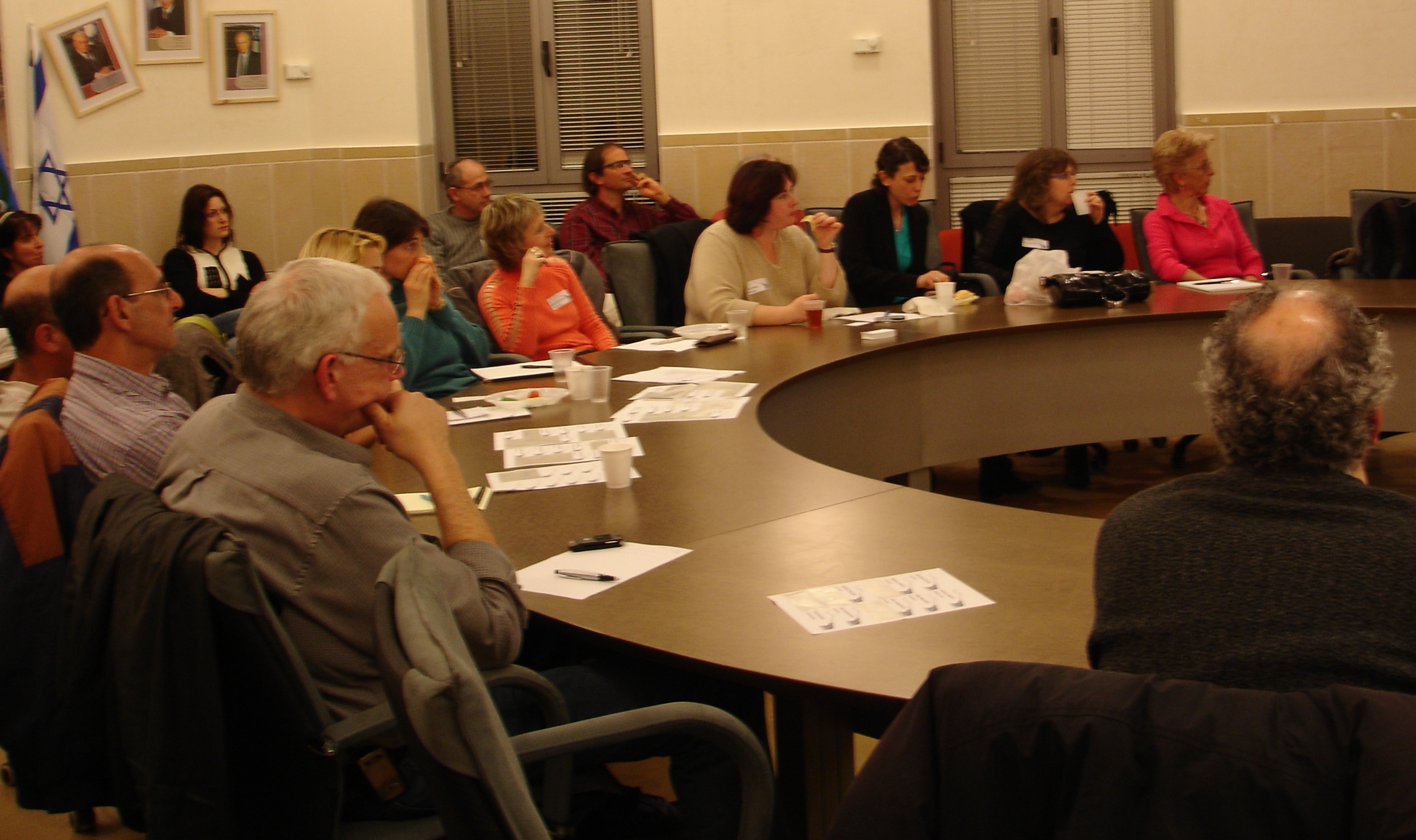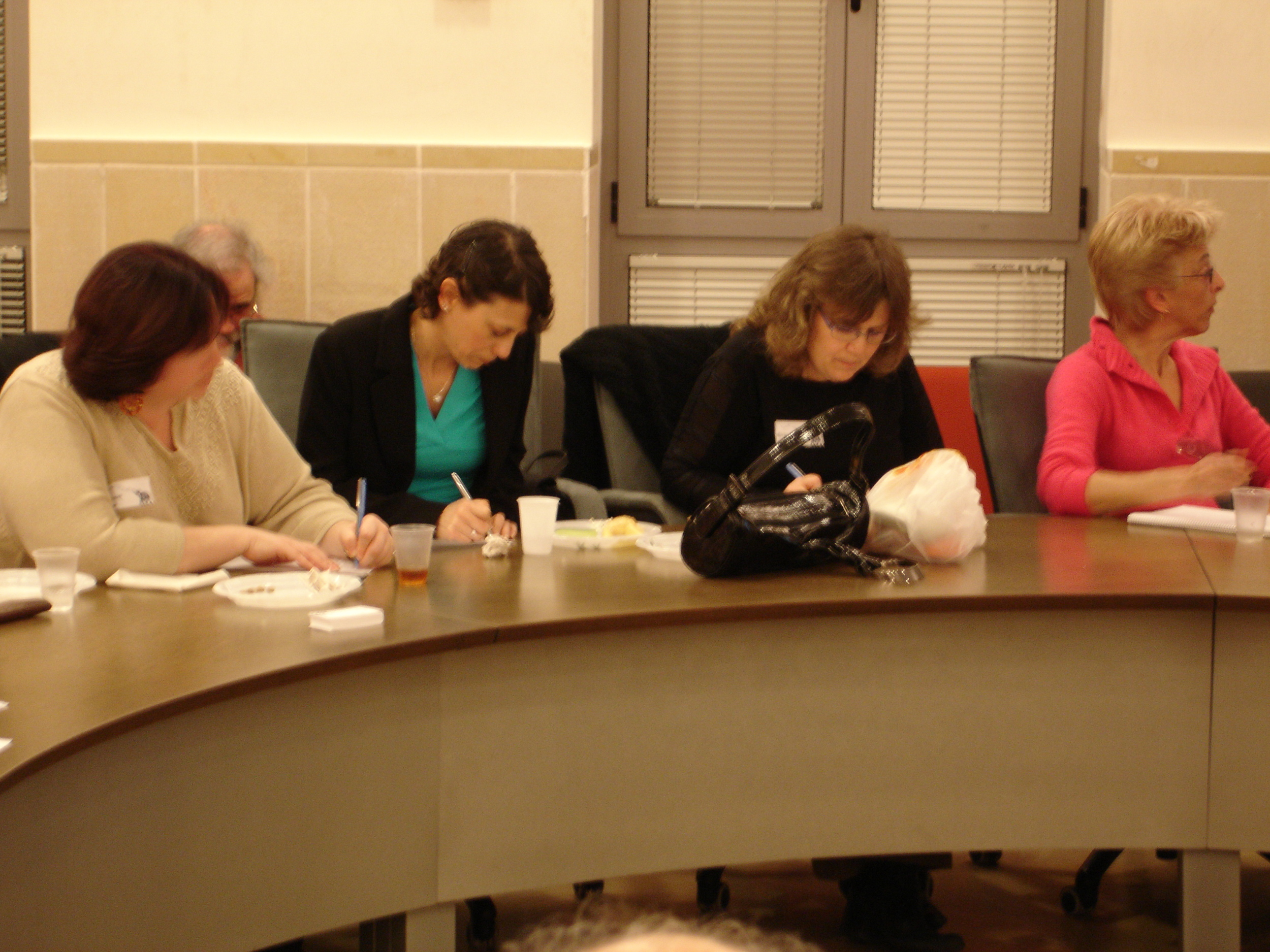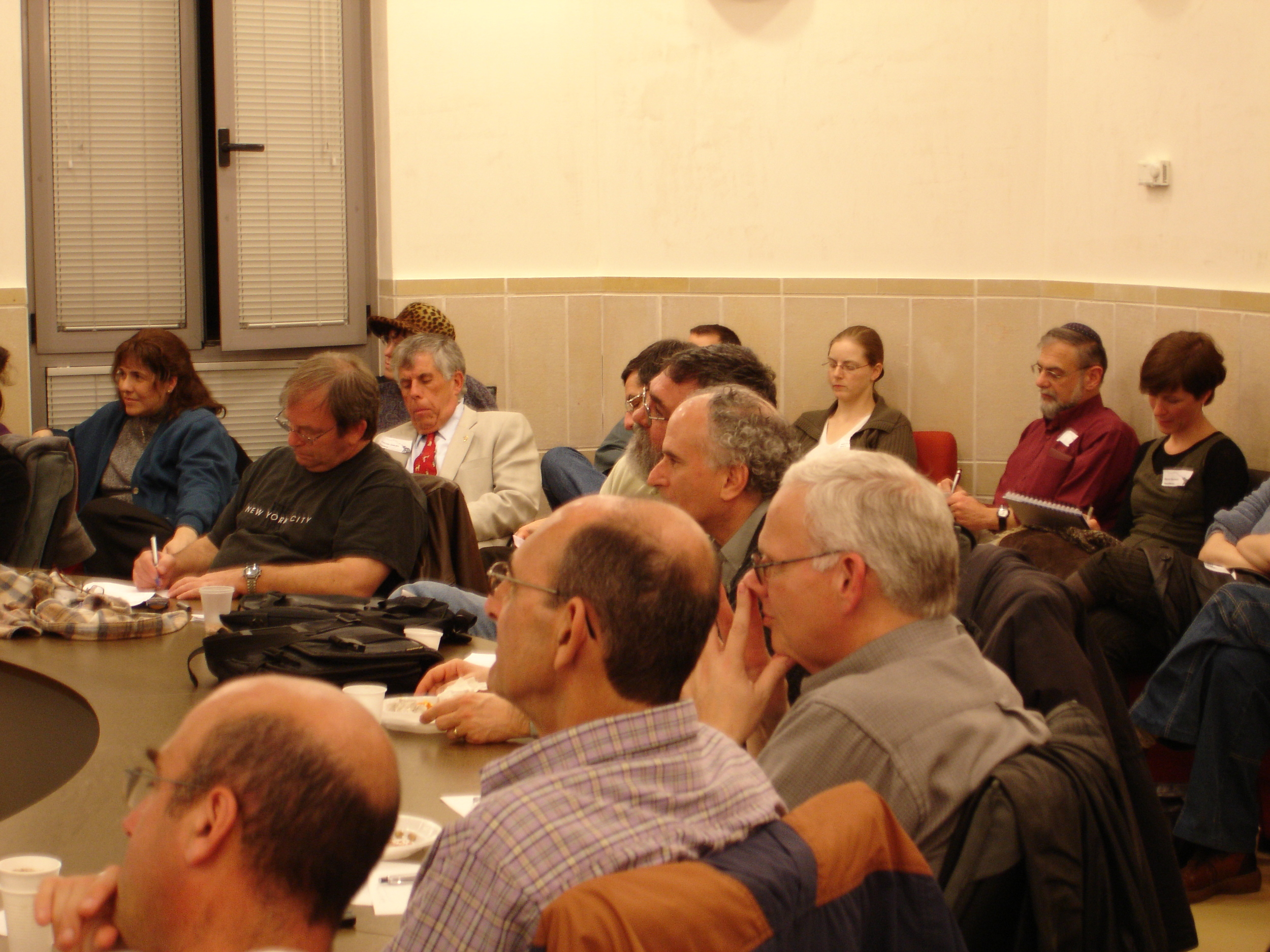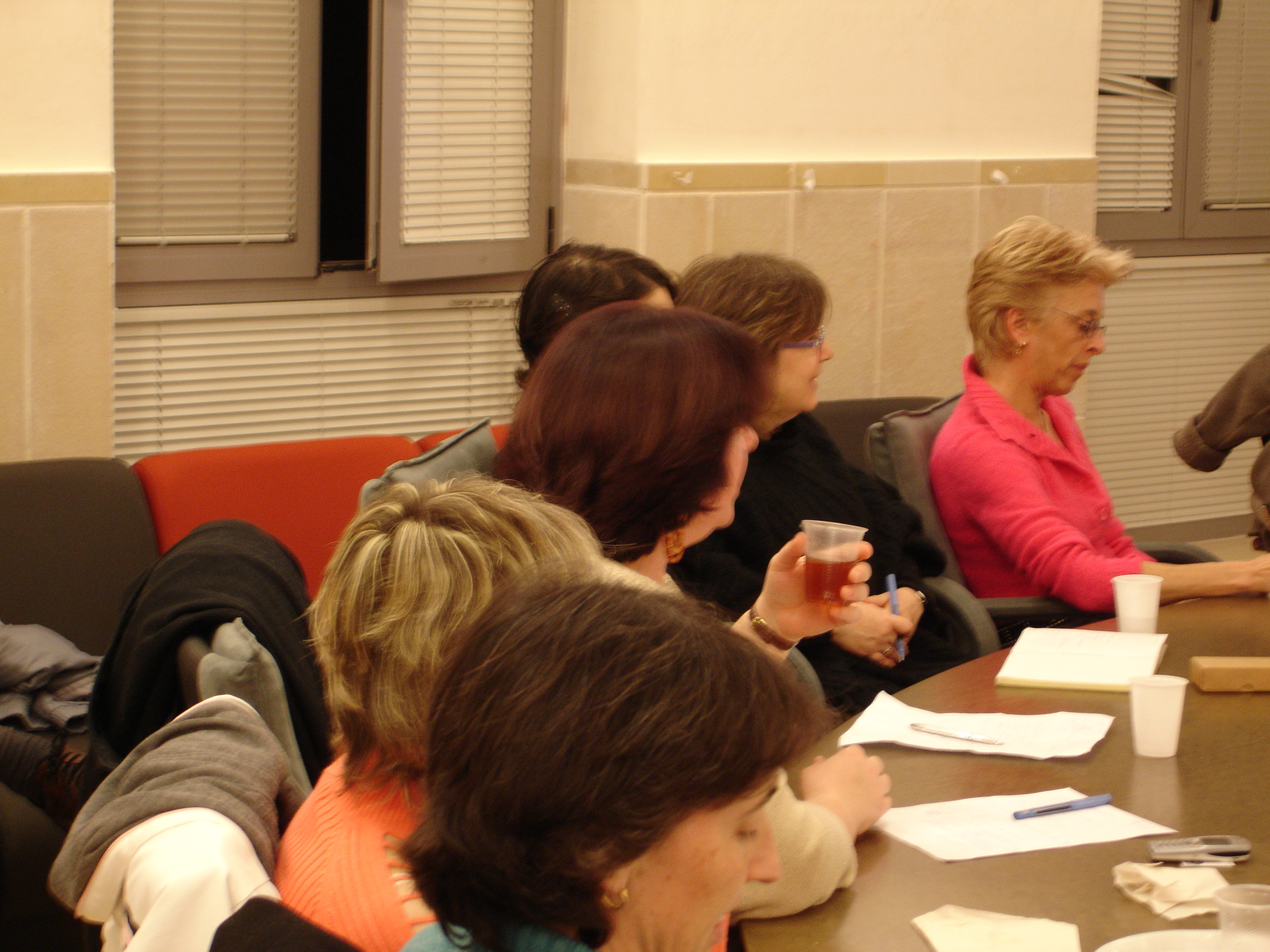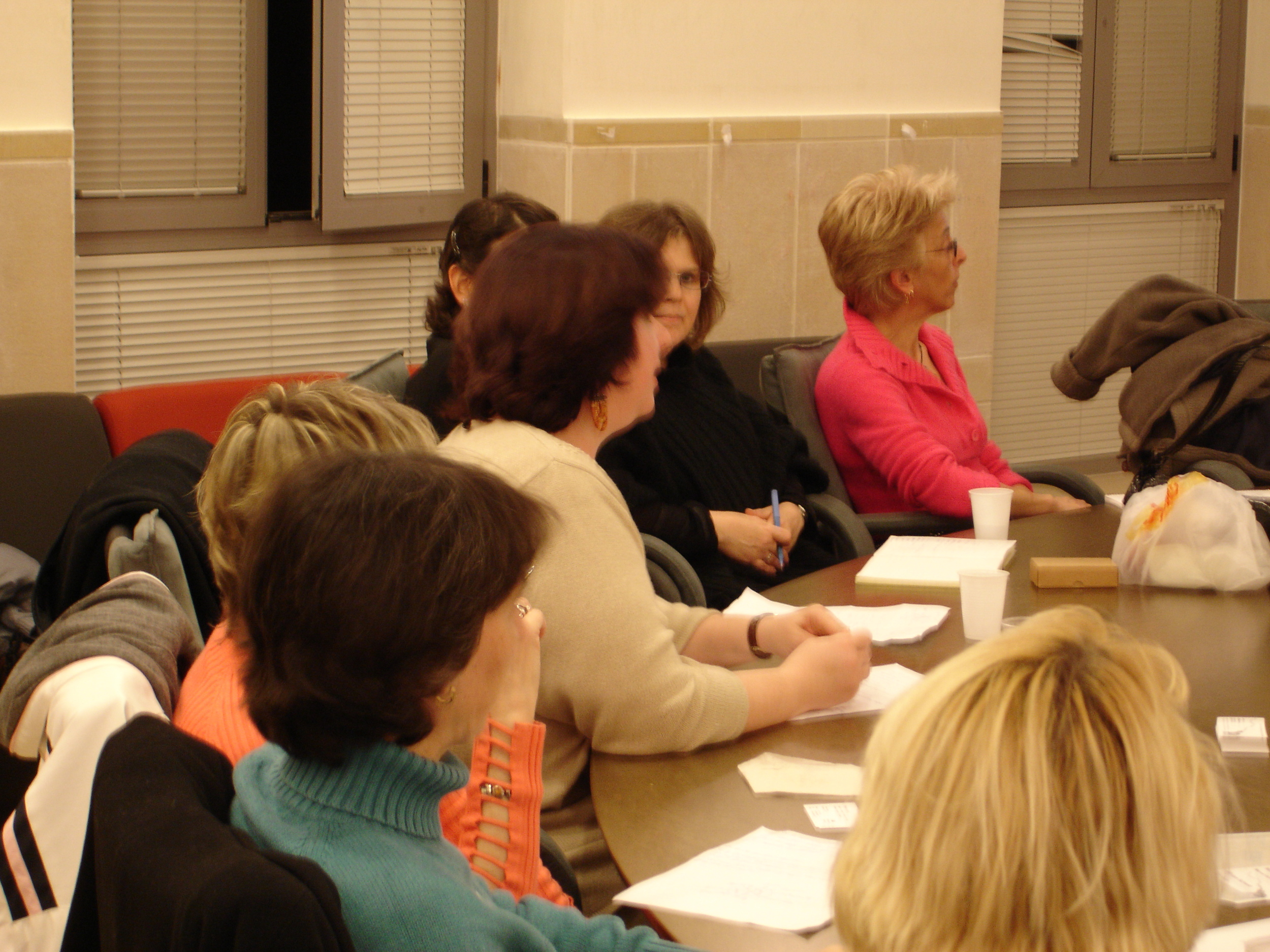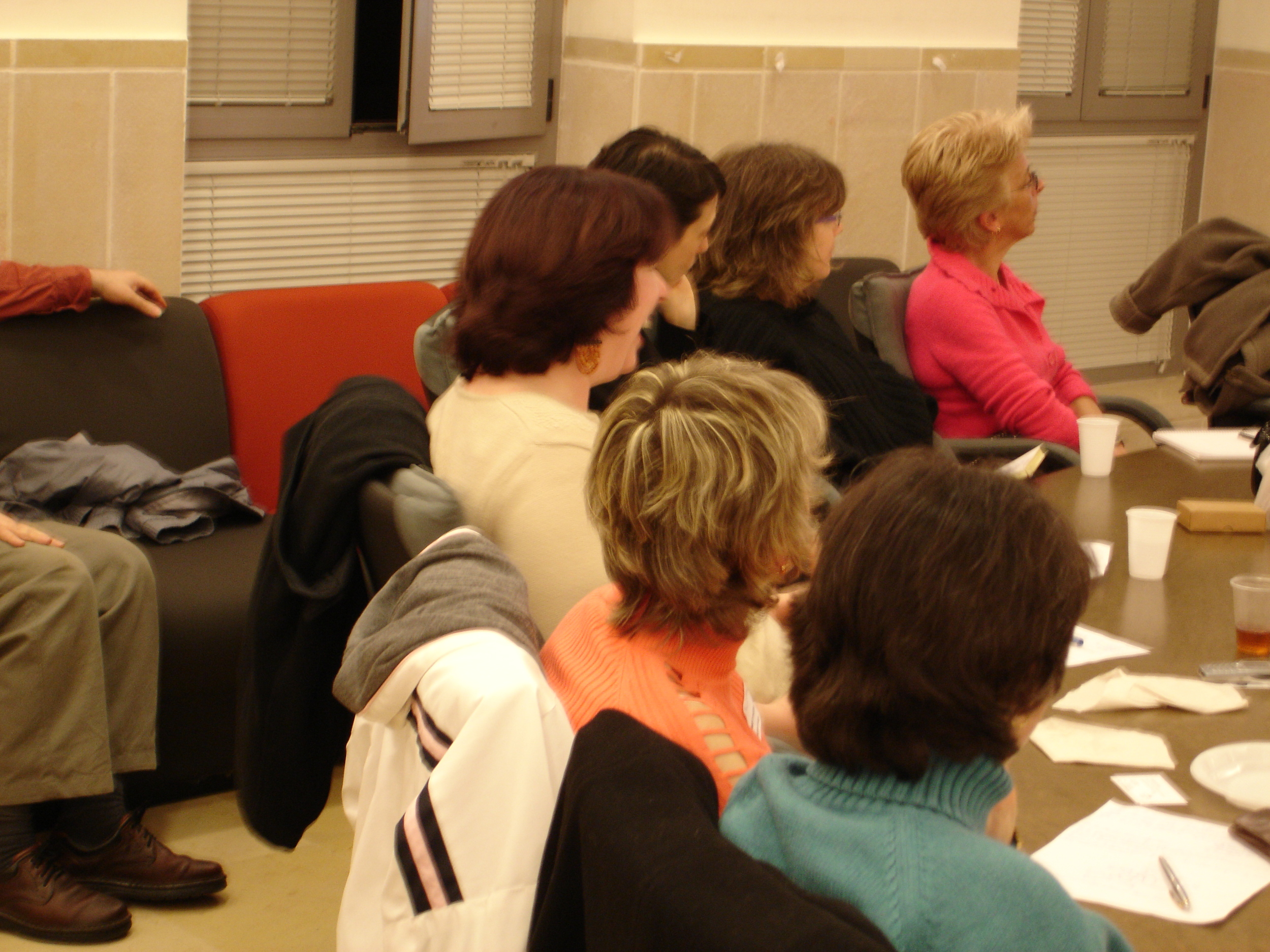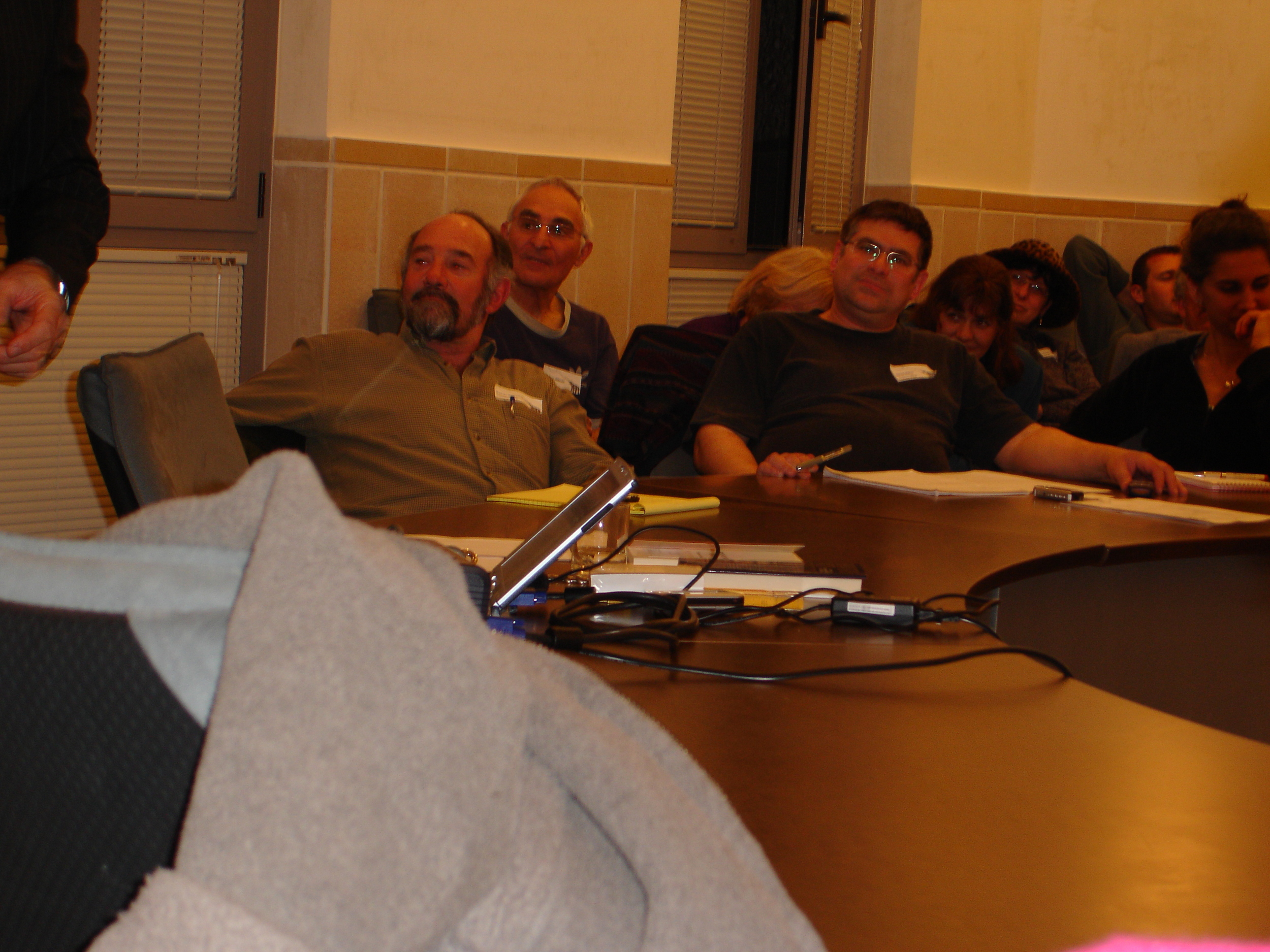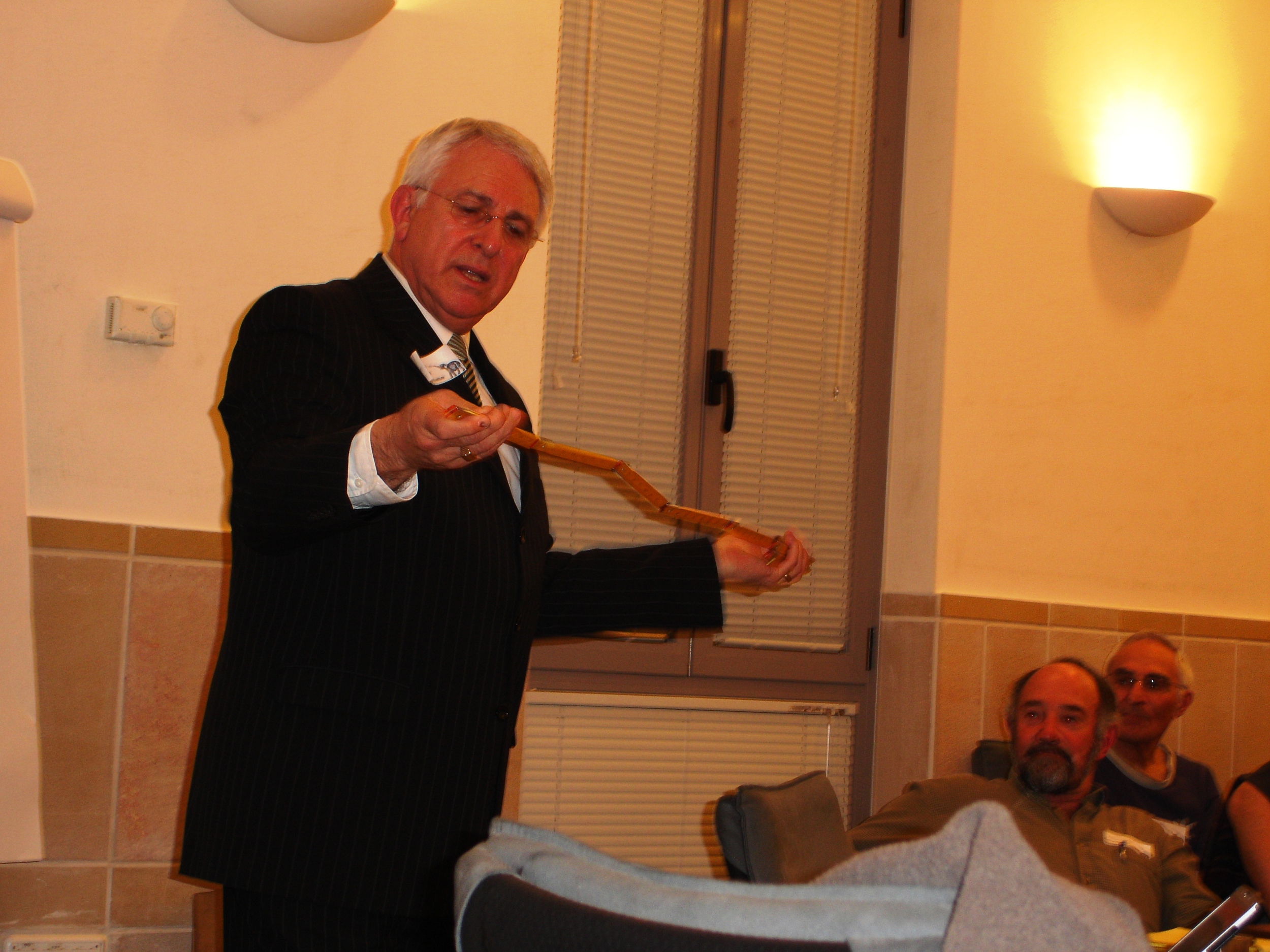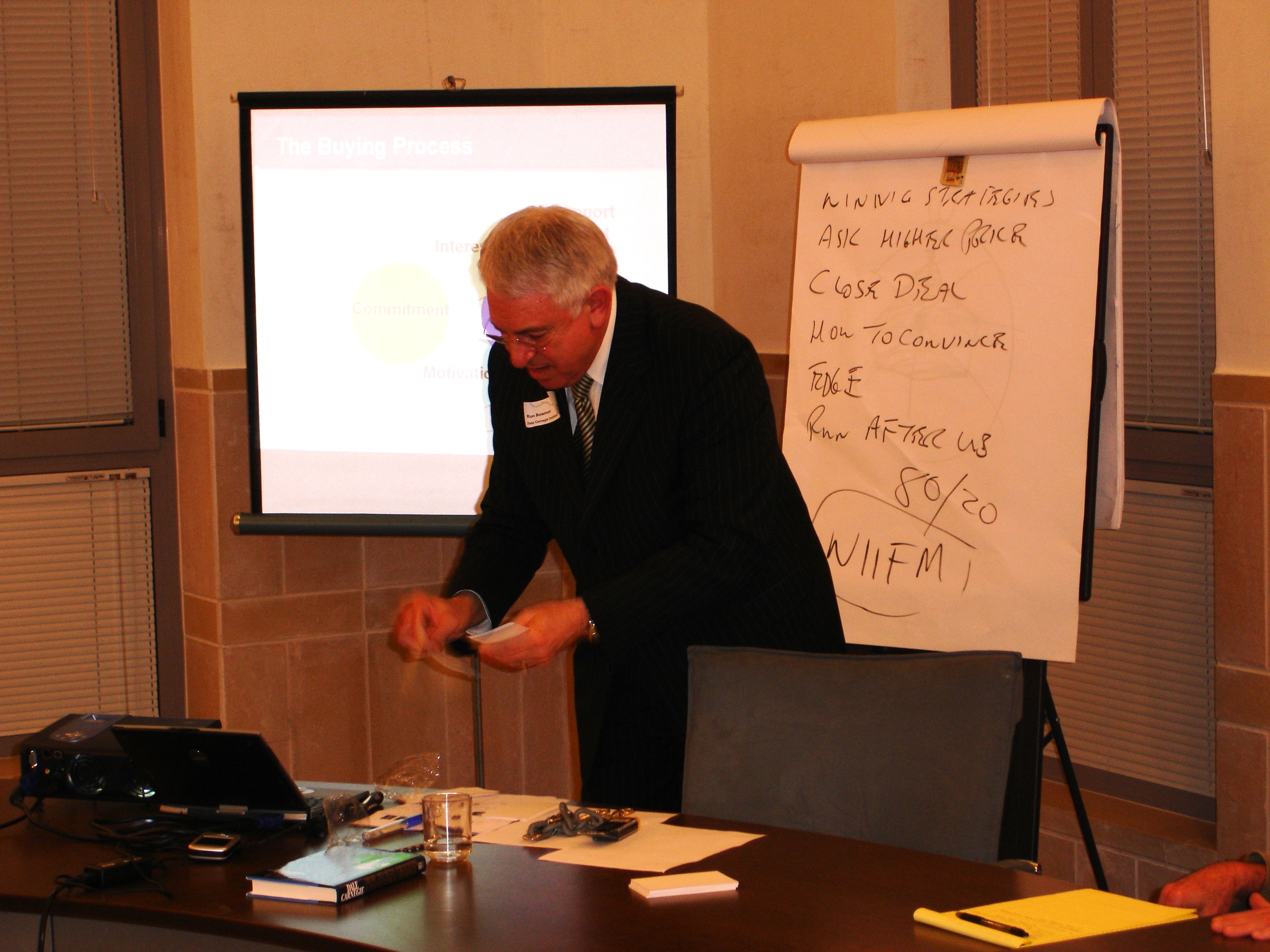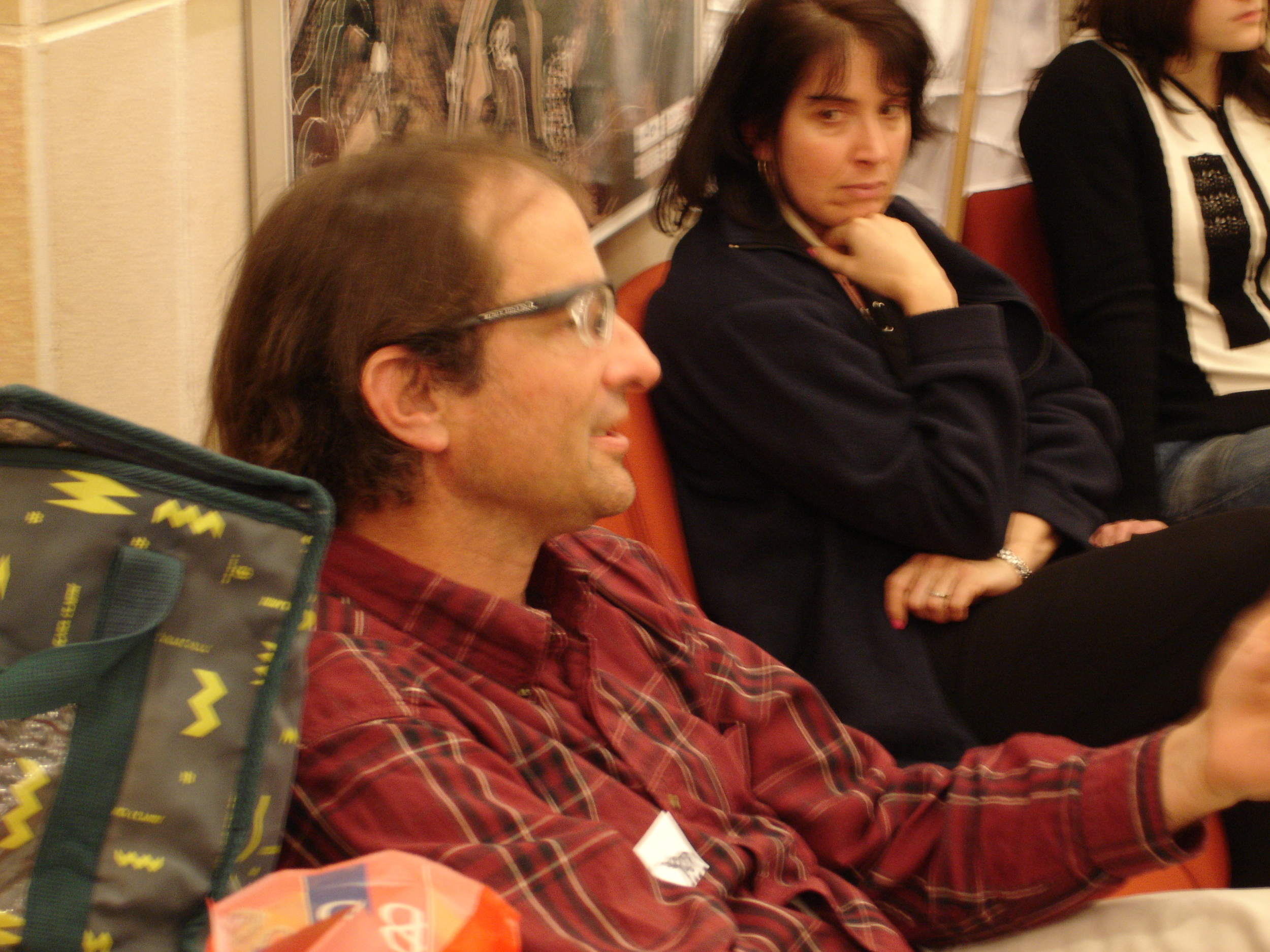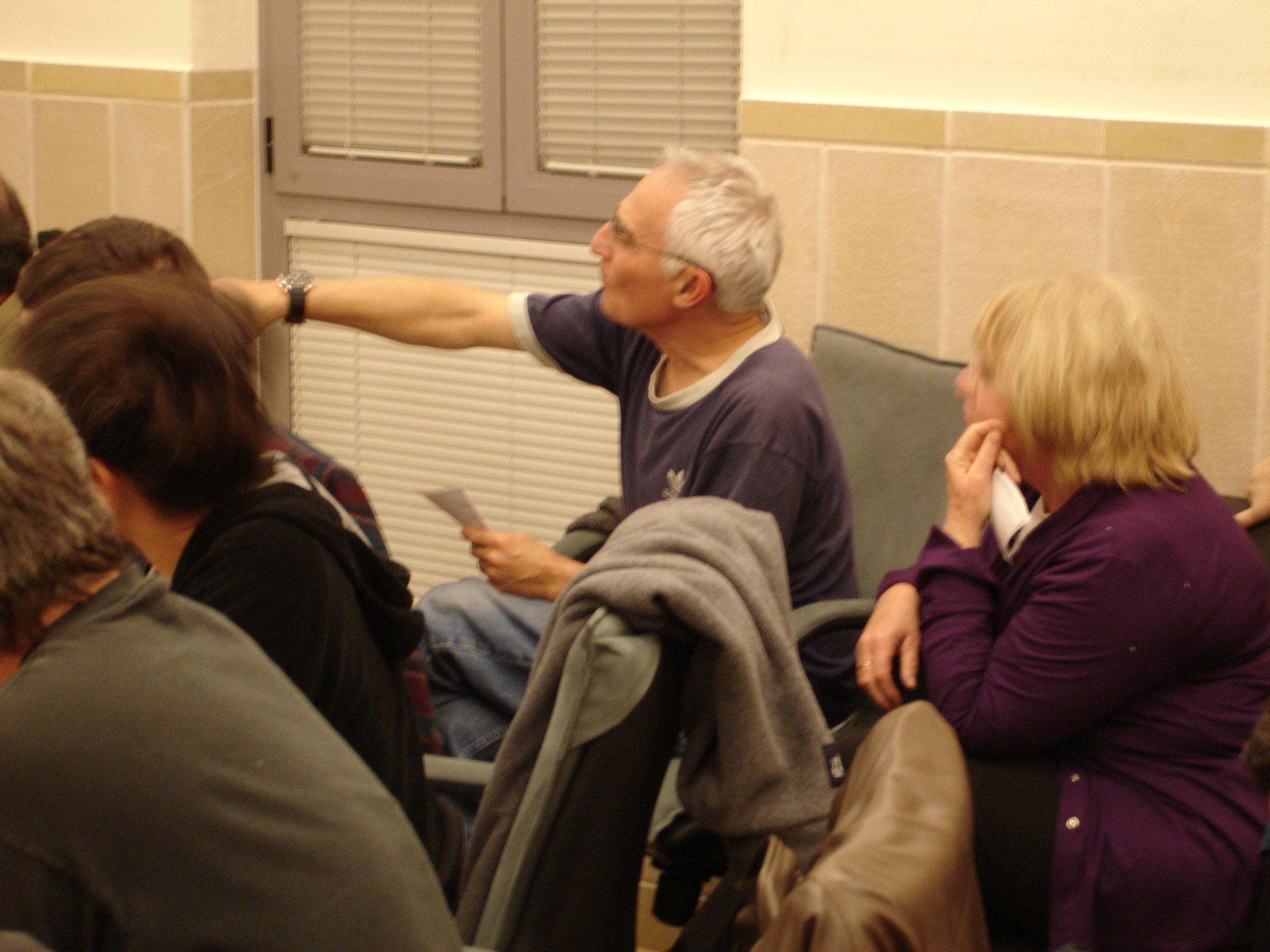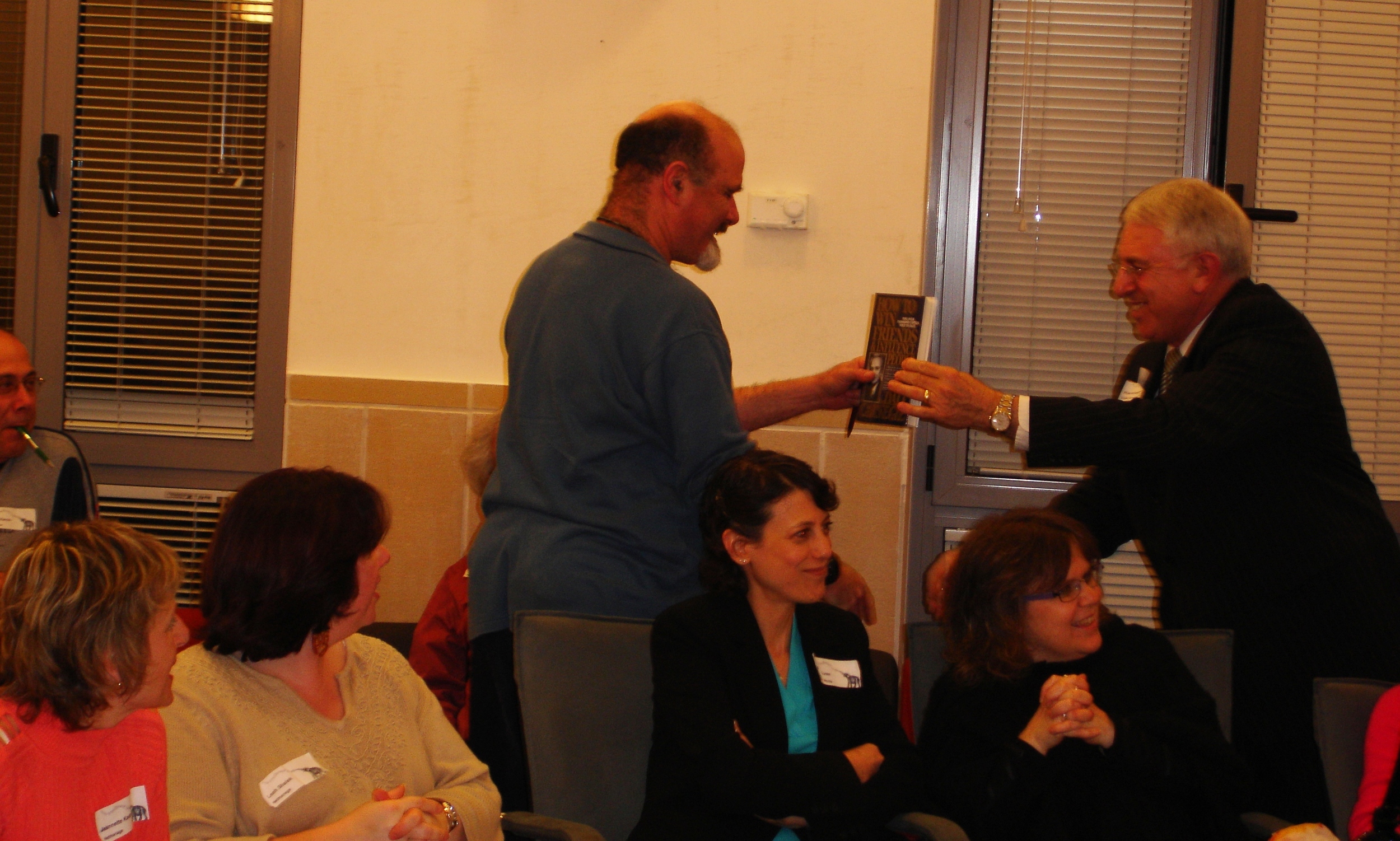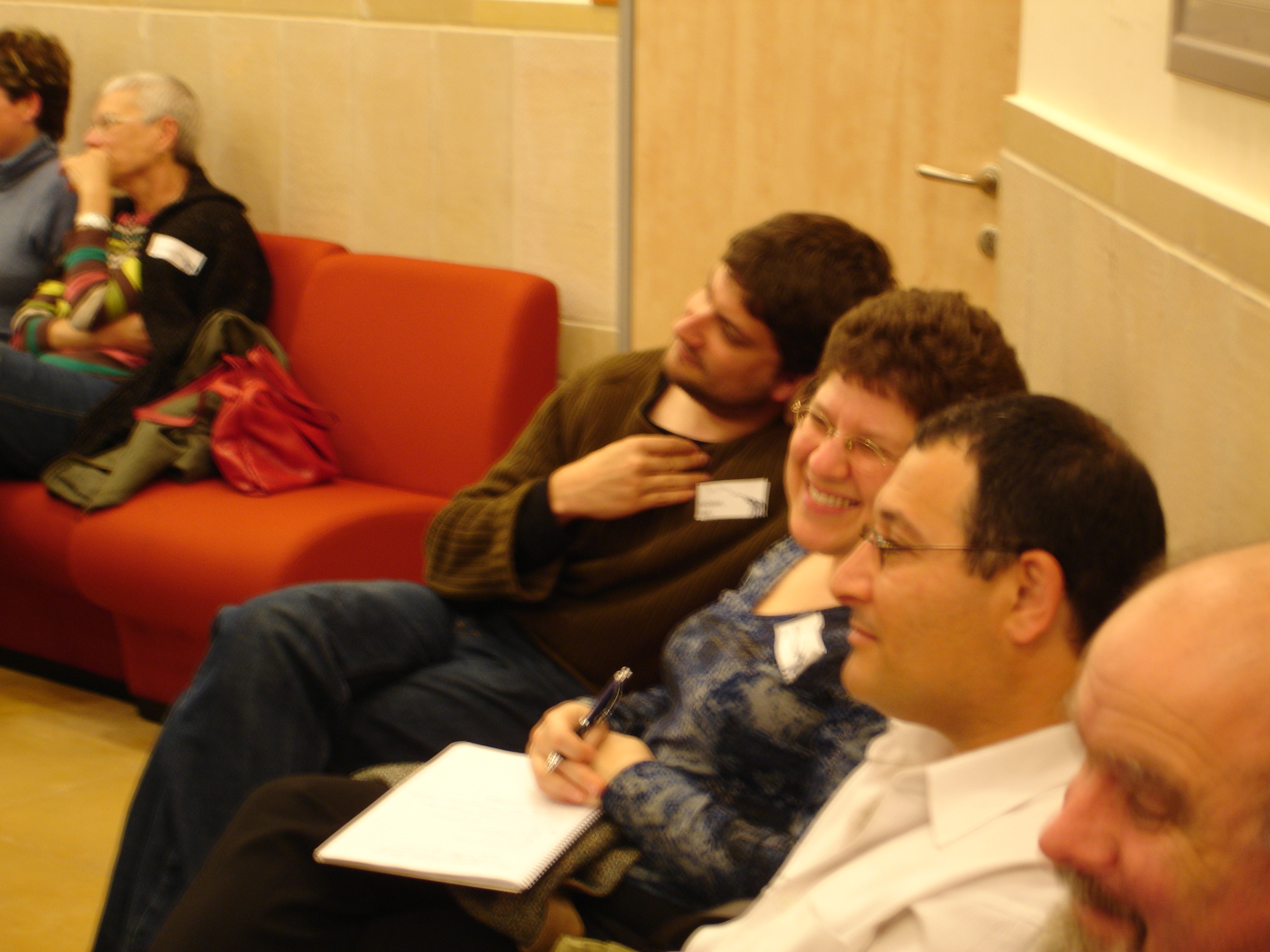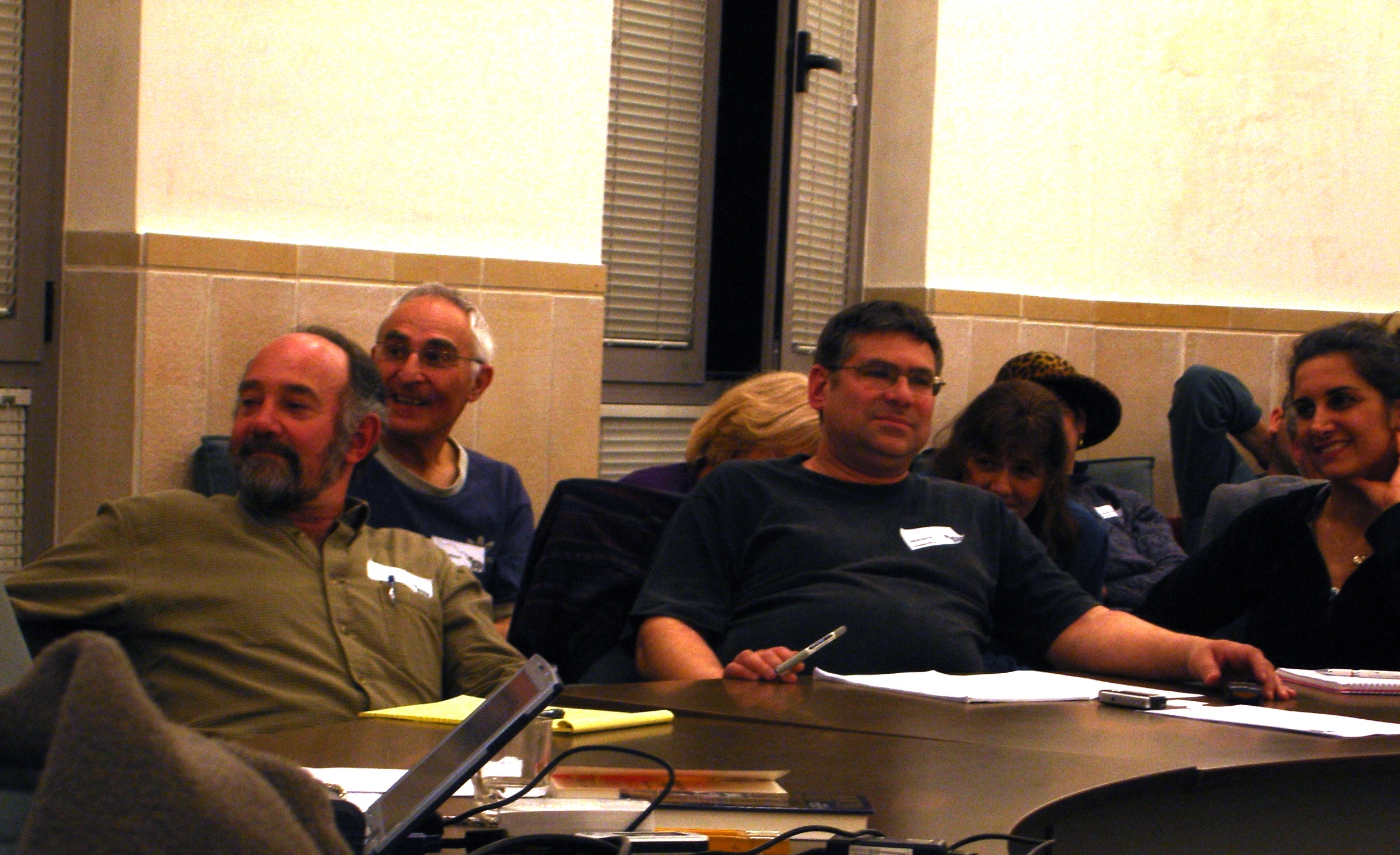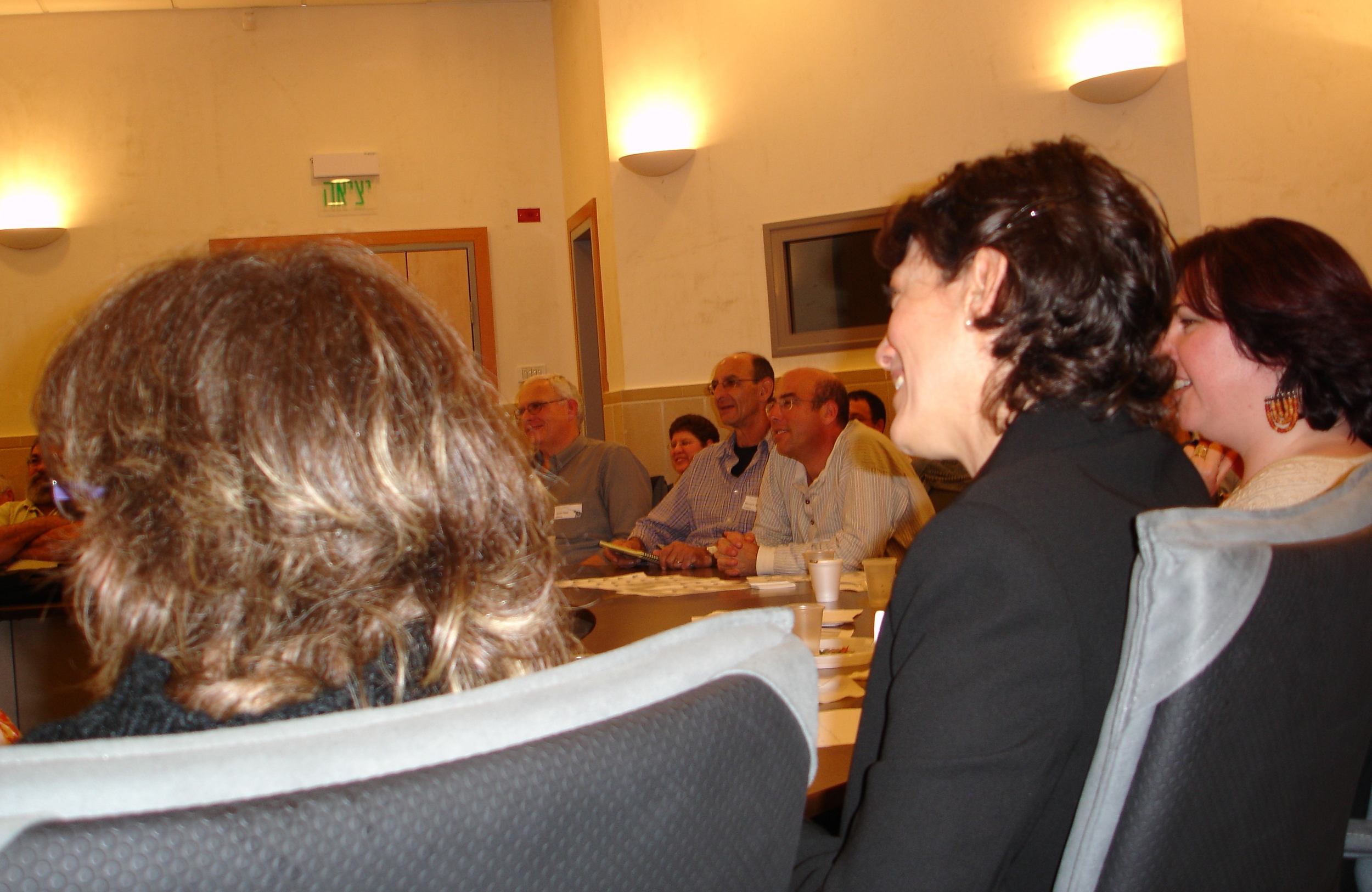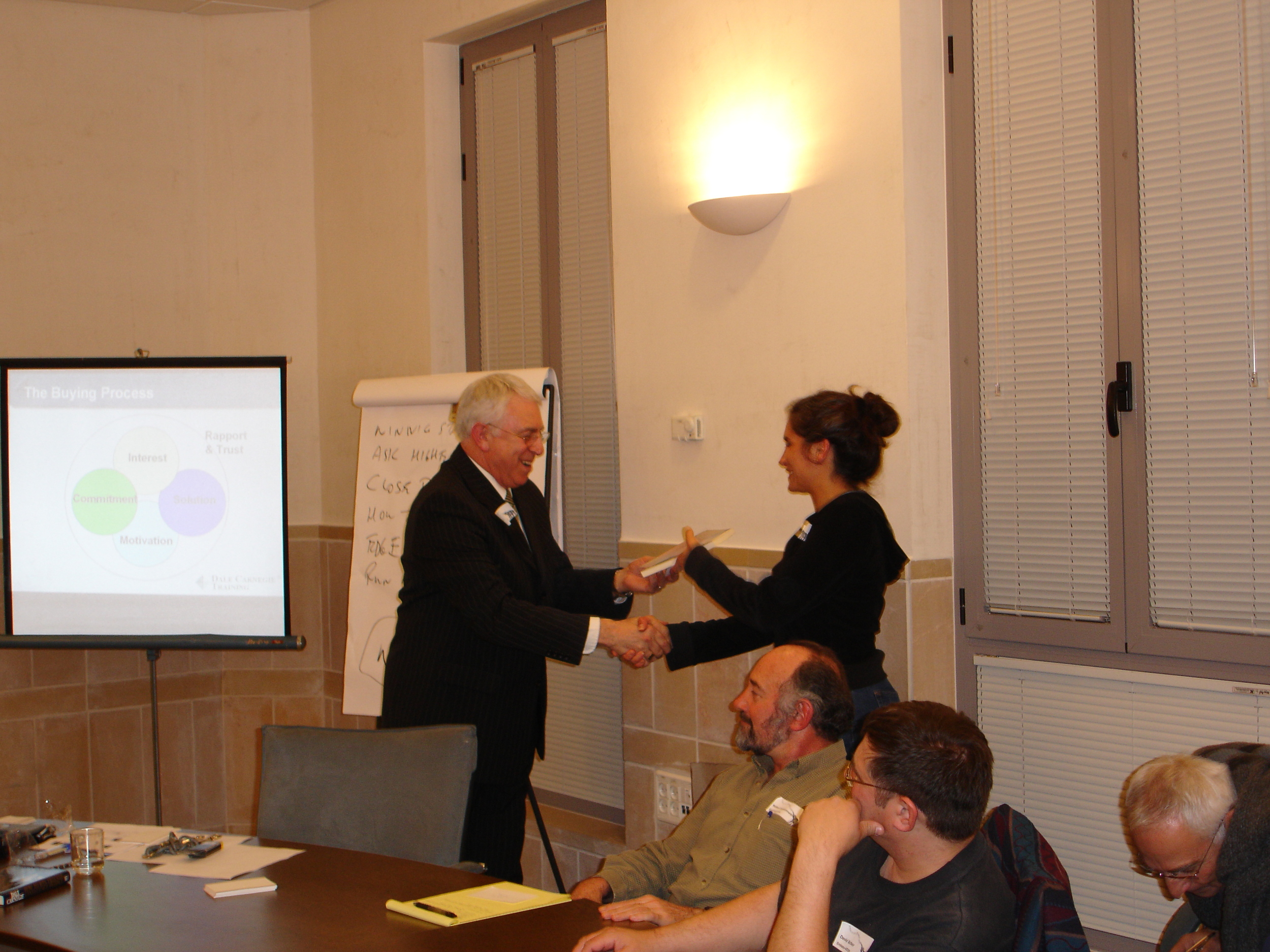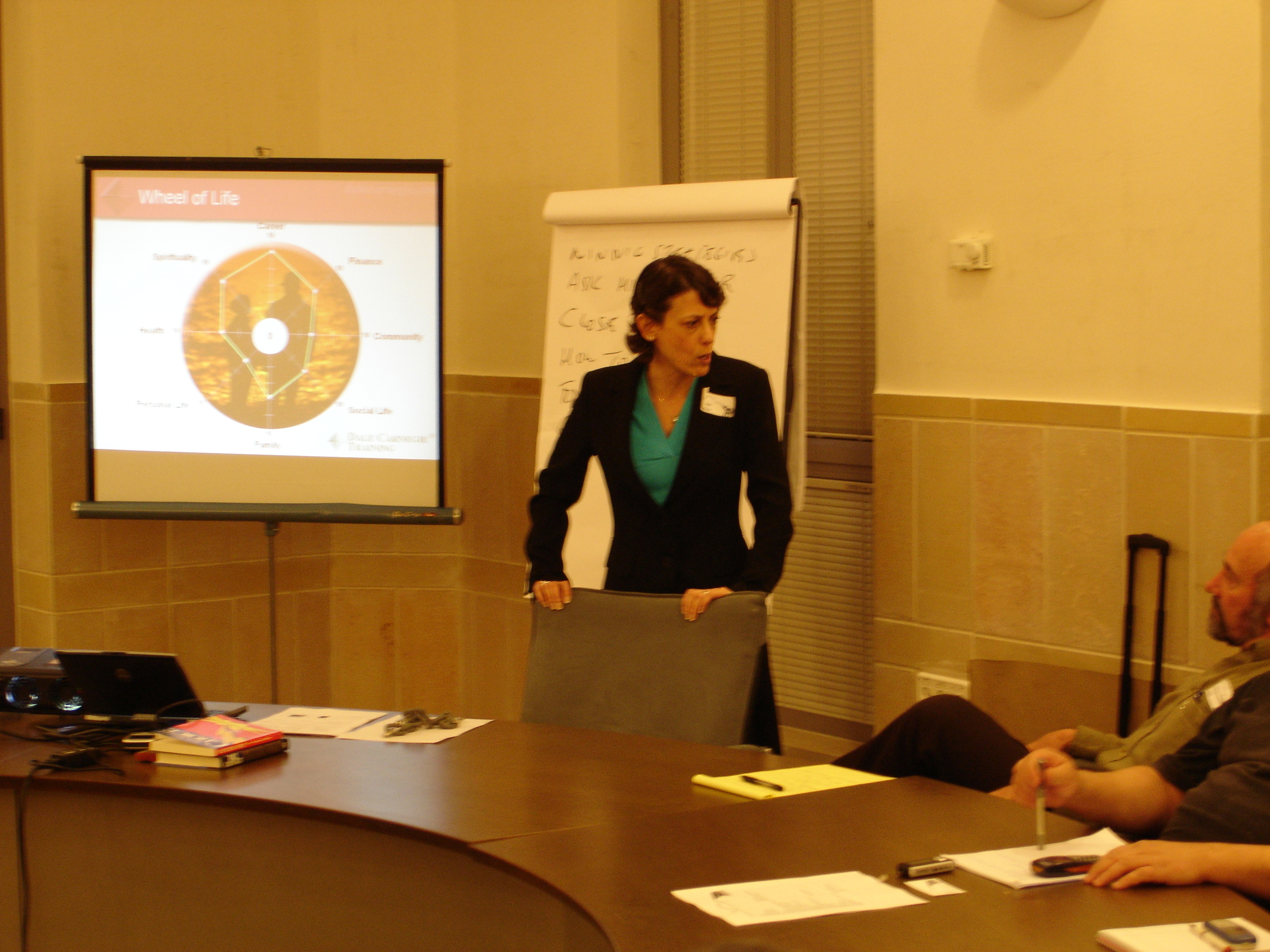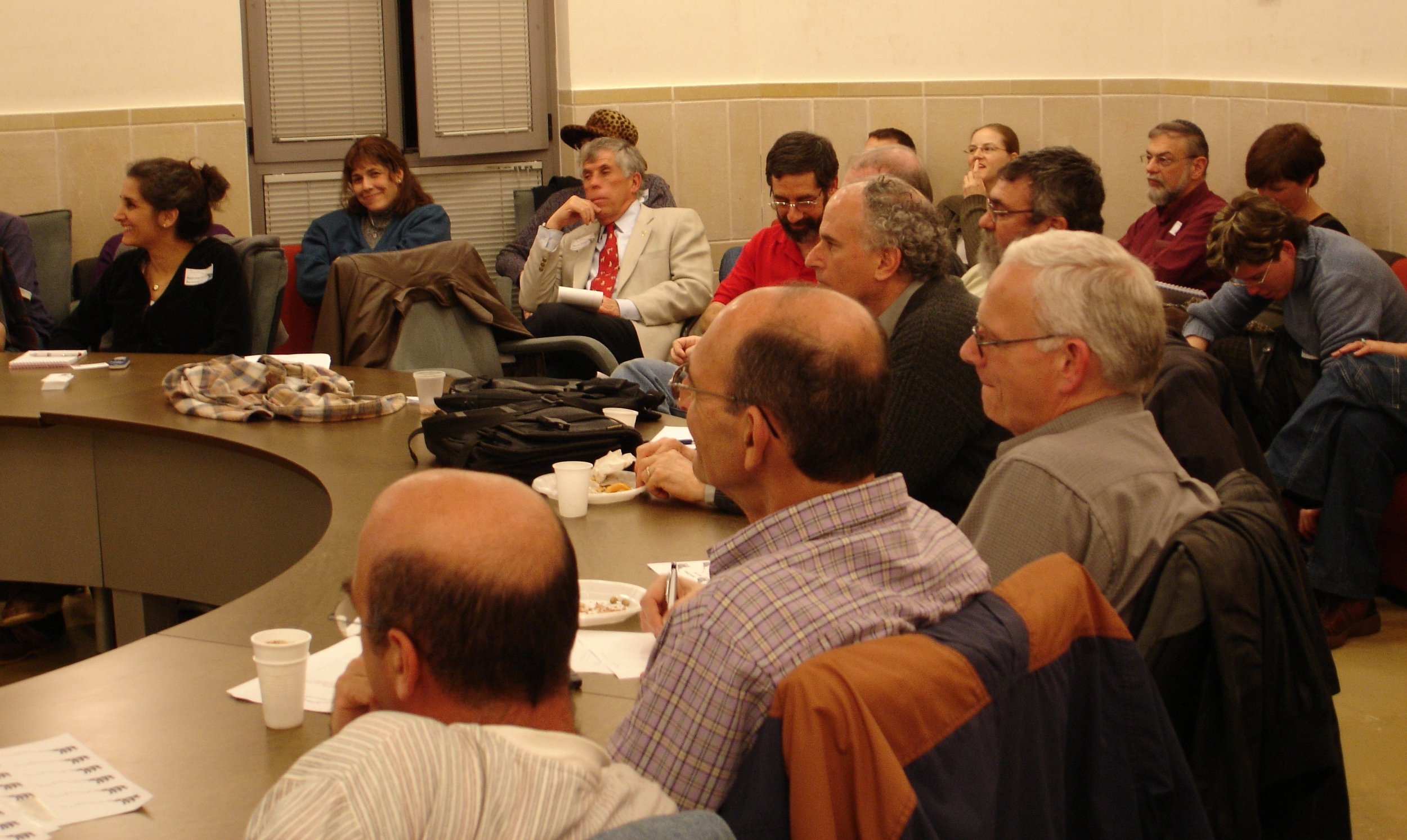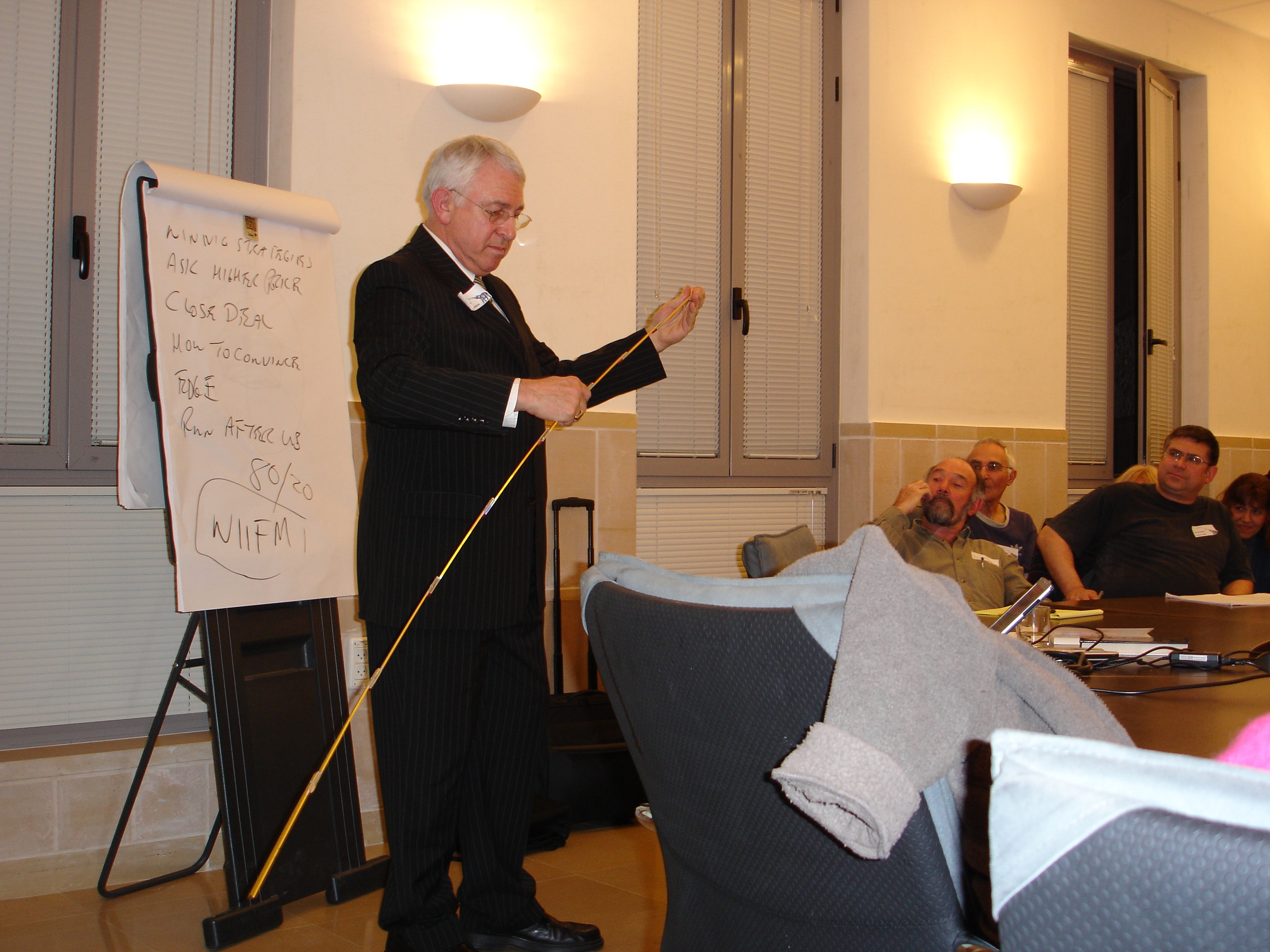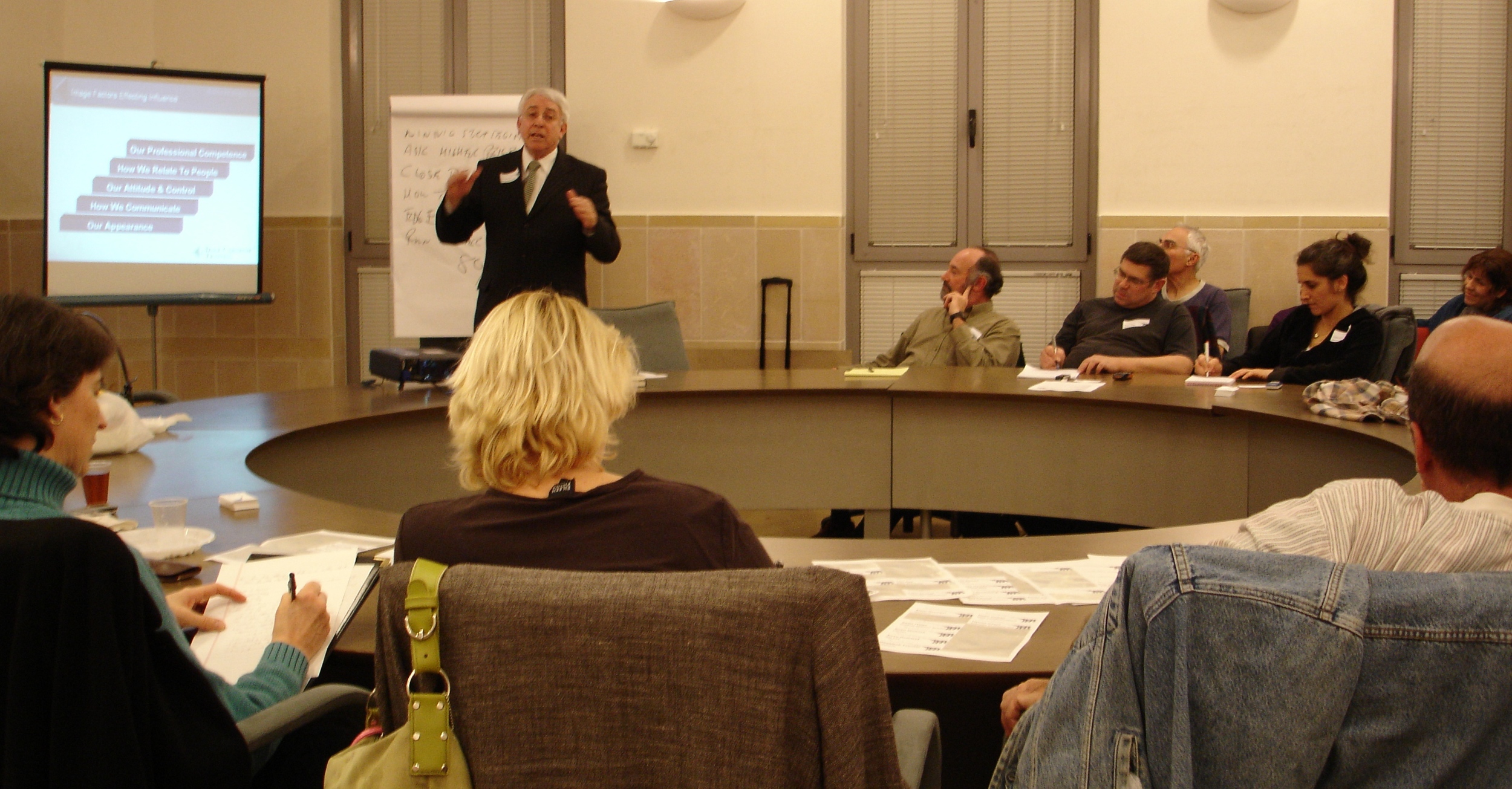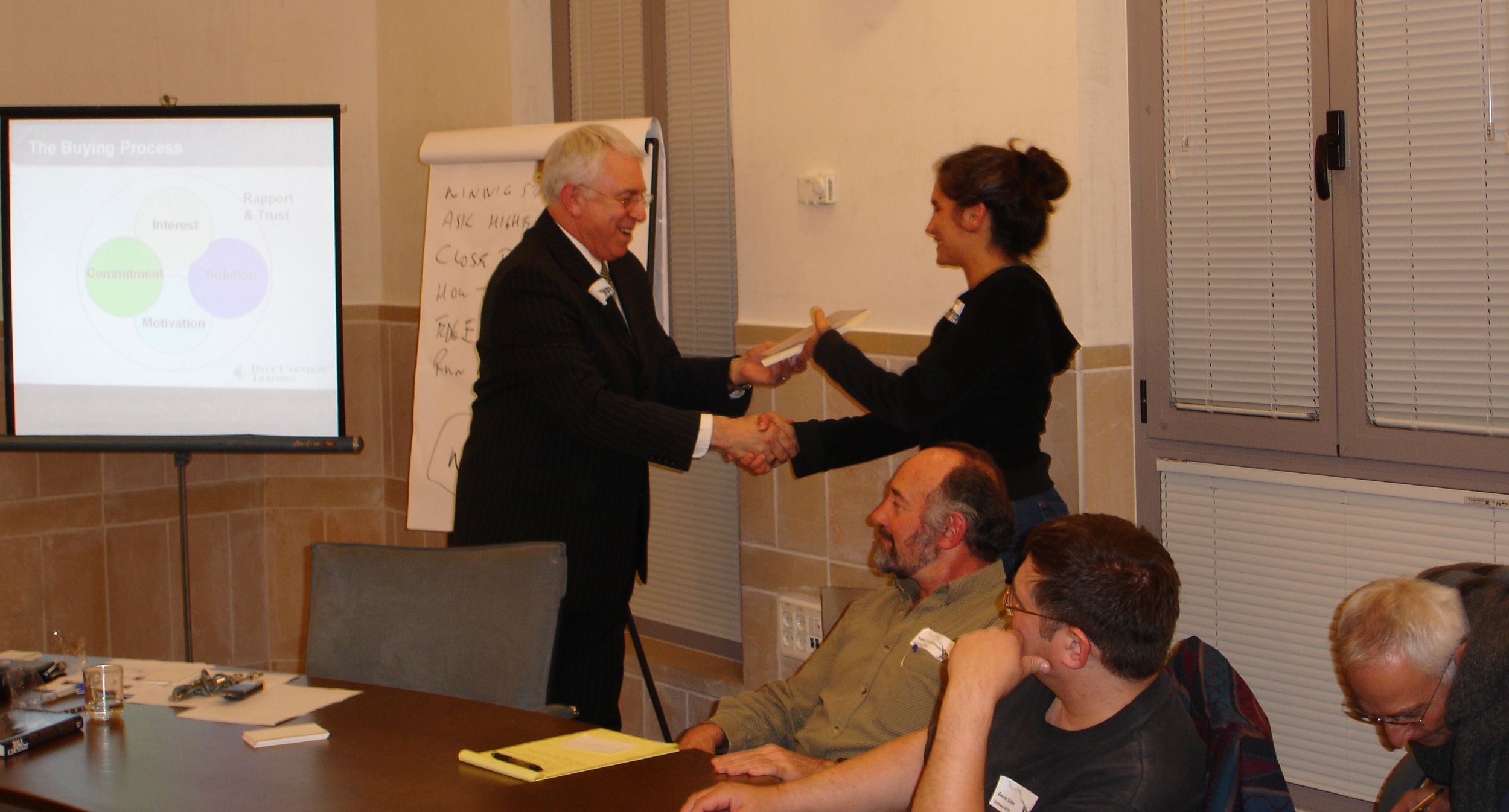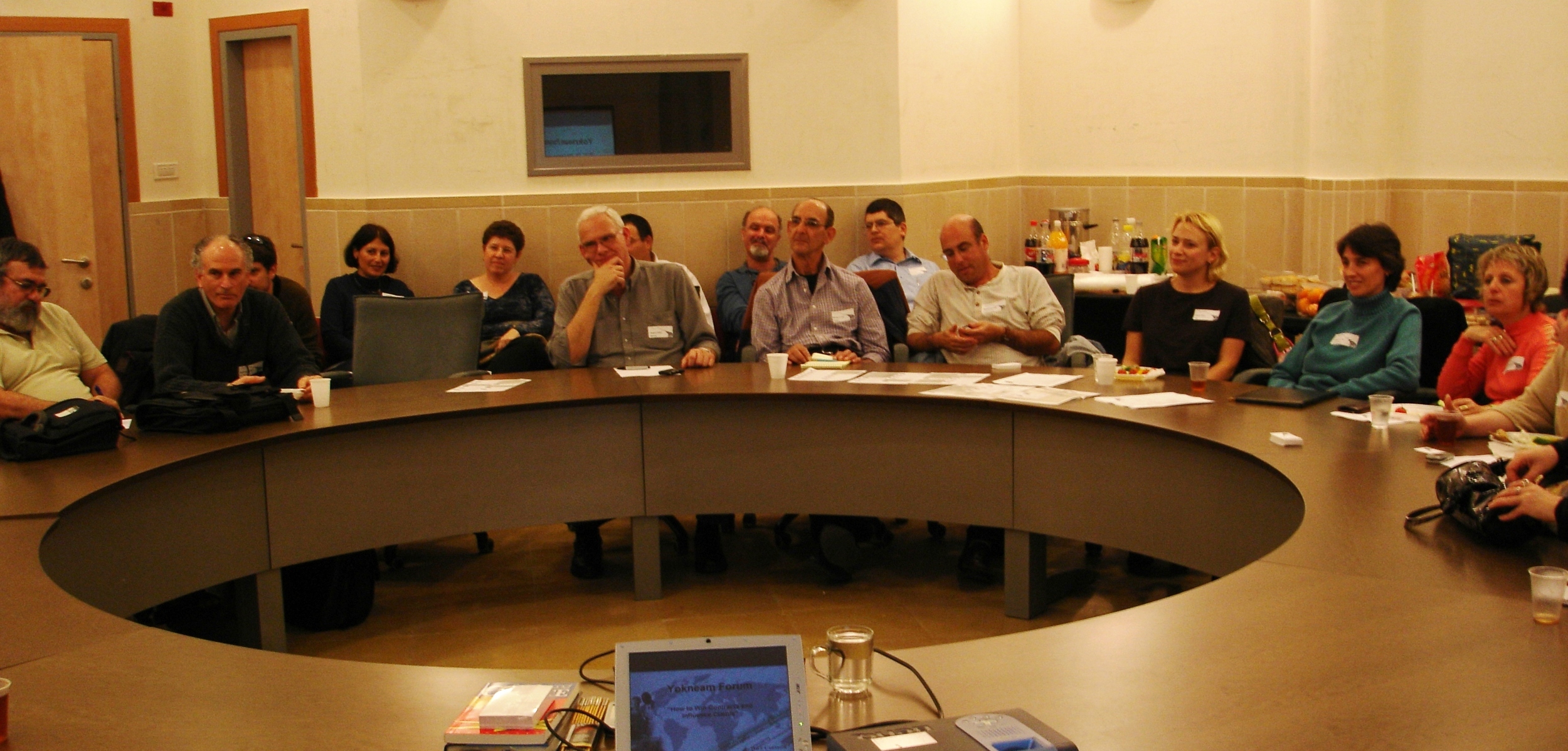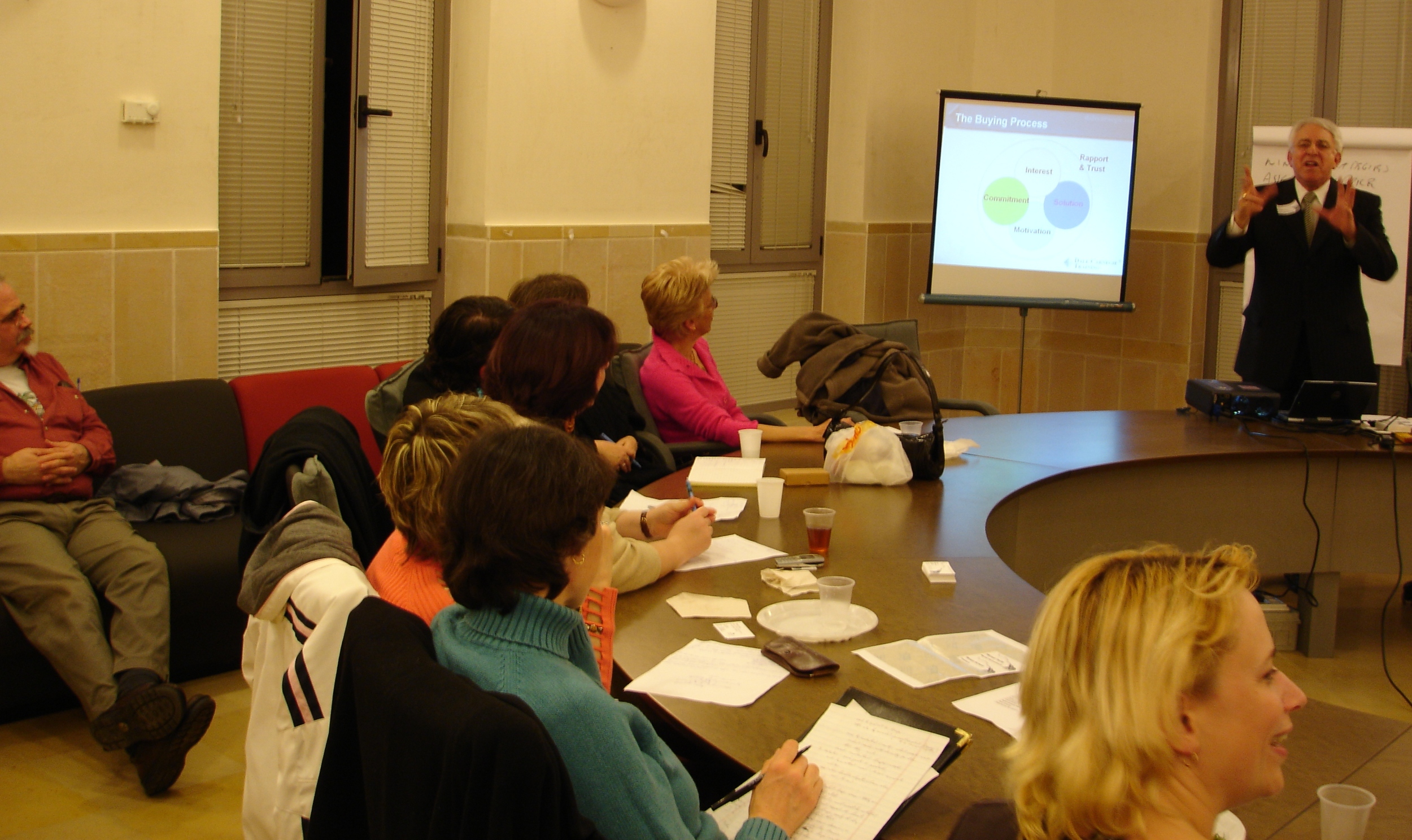How to Win Contracts
/On Feb. 21 over 60 Technical Writers from all over Israel gathered in Yokneam City Hall for an meeting of the Yokneam Forum of Technical Writers and a workshop in “How to Win Contracts and Influence Clients” given by Ron Bowman, President of Dale Carnegie Training in Israel.
The workshop began with an explanation of how small changes often have a significant effect. He gave examples of top performers who, though only slightly better than their competitors, made history, while their competitors remained virtual unknowns. In the world of business, being just 5% better makes all the difference. Providing 5% more or better service is enough for customers to feel a 100% difference.
An analysis of how people react to change shows that there is an inherent resistance to change. Change is uncomfortable and feels funny. People tend dwell on what they give up, and often causes us to feel alone even when everyone goes through the same process.
Ron also pointed out that despite the rapid rate of change, people can handle only so much of it. Not everyone reacts the same and many are at different levels of readiness to change. One of the great fears is that we do not have enough resources to make changes. Furthermore, even when people decide to change, once you take the pressure off, most of us revert to our old behavior.
Ron reminded us that we are all salesmen, all the time, and that no one is naturally born a salesman. To be a top class salesman one must excel on all three sides of the Triangle of Success: Knowledge, Skill, and Attitude.
While Product knowledge is certainly necessary, it is not the key. Ron reviewed the factors that affect our influence on others. We are judged:
1st by Our Appearance
2nd by Our Communication
3rd by Our Attitude
4th by Our Relations to Others, and only
5th by Our Professional Competence.
Ron emphasized the importance of remembering that selling takes place in the buyer's mind; he called it an "away game". The skills needed on the side of the seller include:
- Rapport and trust - we need to get the buyer's conscious and favorable attention, otherwise we are likely to lose the sale.
- Interest in the buyer - We need to find out about the buyer, we need to understand - really - what the buyer wants so that we can tell them how the product/service will fulfil their needs. In 70% of sales, prospect and product are only accidentally brought together.
- Solution - once we understand the buyer's needs, we give them relevant facts about the product in a way that offers a solution to these needs.
- Motivation - buying is emotional, the mind must be satisfied but we must also appeal to the heart of the buyer. Keep checking to see if the buyer is ready to buy using the thermometer of "trial closes". Encourage the buyer to make minor decisions as steps to making the bigger decision to close the sale.
Ron then addressed the handling of objections. He describes them as unanswered questions in the buyer's mind. When all the buyer's questions are answered, there are no more objections. There are two types of objection: 1. real / genuine, and 2. all the rest (smokescreens). Ron used imagery as an aid in remembering steps to determine the real objection.
These steps included:
- Cushioning the objection - getting in step with the buyer, perhaps by agreeing with how the buyer feels).
- Smoking out the real objective - asking "why" type questions to clarify the buyer's unanswered question.
- Thinking "how" you are going to answer the objection.
- Checking if you handled the objection before you go on.
- Determining which step of the sale the buyer is at.
- Checking “in addition" - is there anything else. § Meeting the objections.
Ron reminded us that in talking about objections, and throughout the sale, we should be emphasizing value and not price - we must show value before we show price, and we should handle objections before we mention the price.
Ron ended with some general tips:
- For each salesman there is a best way for that person to sell, and that is what that salesman needs to find out.
- We are not dealing with creatures of logic, rather people are creatures of emotion, bustling with prejudices, and motivated by pride and vanity.
- The biggest obstacle to change is you; avoid the disease of analysis-paralysis in making changes.
